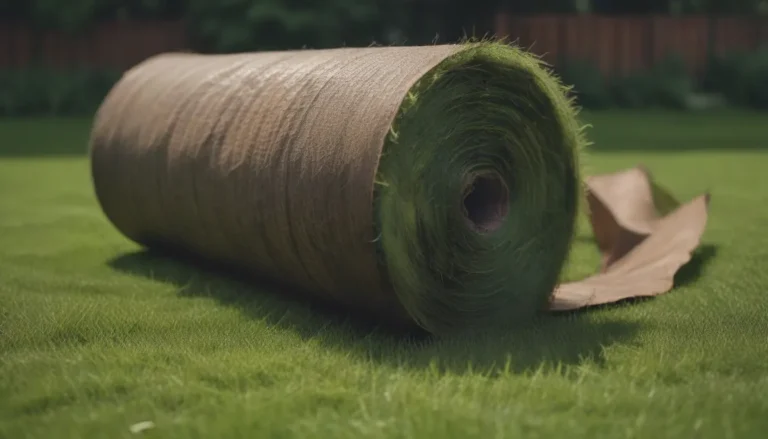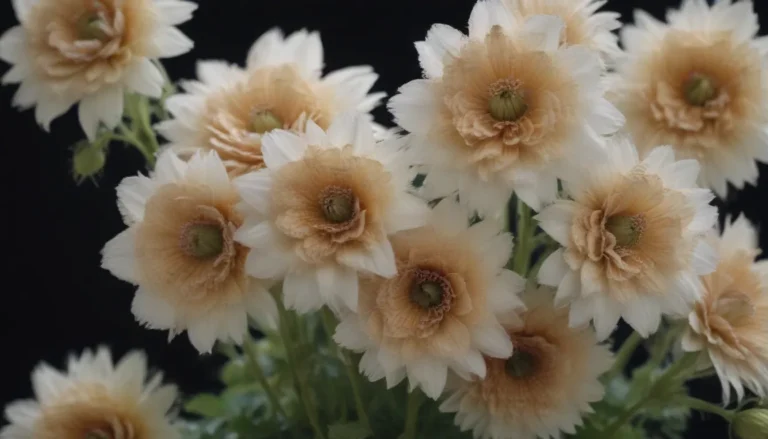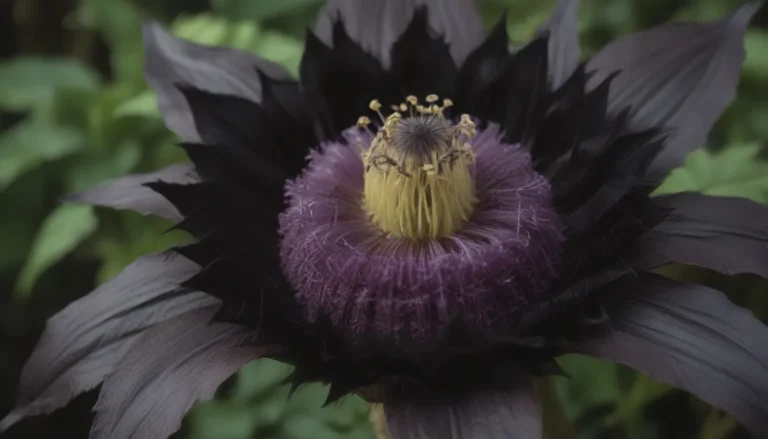The Complete Guide to Growing and Caring for Chinese Fringe Flowers

If you’re looking for a beautiful and easy-to-care-for shrub to add to your garden, Chinese fringe flowers are a fantastic choice. These evergreen shrubs, native to China, Japan, and the Himalayas, are not only admired for their delicate, fragrant flowers that bloom every spring but also for their foliage that changes color throughout the year, adding interest to your garden all year round.
In this comprehensive guide, we’ll explore everything you need to know about growing and caring for Chinese fringe flowers. From light and soil requirements to pruning and propagation, we’ve got you covered with all the information you need to help your Chinese fringe flowers thrive.
Chinese Fringe Flower Care
Chinese fringe flowers are known for being low-maintenance, hardy shrubs that are adaptable to a wide range of light, soil, and moisture conditions. Whether you’re a seasoned gardener or a beginner, these stunning shrubs are a great addition to any garden. Here’s a breakdown of how to care for your Chinese fringe flowers:
Light
Chinese fringe flowers thrive in bright, sunny locations that also receive partial shade throughout the day. Ideally, these shrubs should be protected from intense midday rays but receive some morning sun. However, they can tolerate a range of light conditions from sunny to part-shady.
Soil
To keep your Chinese fringe flowers happy, make sure to plant them in well-draining, acidic soil that is rich in organic matter. A soil pH between 4.5 to 6.5 is ideal for these shrubs. Mulch around the root ball with compost, straw, or aged wood chips to retain moisture and suppress weeds.
Water
Once established, Chinese fringe flowers are relatively drought-tolerant. However, they will grow best when the soil is kept consistently moist. During periods of extreme heat or prolonged dry spells, make sure to water your shrubs more frequently to keep them healthy.
Temperature and Humidity
Chinese fringe flowers thrive in USDA zones 7 to 9, tolerating winter temperatures as low as 0 degrees Fahrenheit (-17.8 degrees Celsius). If you live in a region with cold winters, plant your Chinese fringe flowers in areas protected from harsh winter winds to ensure they stay healthy.
Fertilizer
If planted in the right soil, Chinese fringe flowers require little to no supplemental fertilizer once established. However, an annual application of a slow-release, all-purpose fertilizer in early spring can benefit your shrubs. If your soil is nutrient-poor, consider amending it regularly with compost or aged manure.
Types of Chinese Fringe Flowers
When it comes to Chinese fringe flowers, there are many different varieties to choose from. Some popular varieties include:
- Loropetalum chinense rubrum
- Loropetalum ‘Purple Diamond’
- Loropetalum ‘Emerald Snow’
- Loropetalum ‘Ever Red’
Each variety offers unique characteristics and colors, allowing you to choose the perfect Chinese fringe flower for your garden.
Pruning
While Chinese fringe flowers can be pruned for hedging, it’s important to note that pruning beyond dead or diseased branches is optional. The natural shape of these shrubs is quite attractive, and heavy pruning may not be necessary. If you do choose to prune, wait until after the blooming period to avoid accidentally removing flower buds.
Propagating Chinese Fringe Flowers
If you’re interested in propagating your Chinese fringe flowers, softwood cuttings are a great way to do so. However, it’s essential to note that propagating trademarked cultivars is prohibited by law, so make sure to check the guidelines before propagating your shrubs.
How to Grow Chinese Fringe Flower From Seeds
While most Chinese fringe flowers are cultivars, propagating them from seed may not produce plants true to the parent. As a result, propagation from seed is not recommended for Chinese fringe flowers.
Potting and Repotting
If you’d like to grow Chinese fringe flowers in a container, opt for a dwarf or compact variety for the best results. Choose a container with ample drainage holes and fill it with well-draining potting mix. Container-grown plants will require more frequent watering, so adjust your watering schedule accordingly. Repot your shrub in a larger container when the roots outgrow the current pot.
Overwintering
In general, Chinese fringe flowers do not require winter protection unless they are grown in containers. If you’re growing your shrubs in containers in colder climate zones, consider wrapping the container in burlap and bubble wrap or placing it in an insulating silo to protect the roots from winter freezes.
Common Pests & Plant Diseases
While Chinese fringe flowers are relatively pest and disease-resistant, they can still fall victim to common issues such as spider mites, anthracnose, mildew, or root rot. Bacterial gall is a serious condition that can spread in warm, wet weather. If you notice galls on your plant, it’s essential to remove the entire shrub to prevent the fungus from spreading to other plants.
How to Get Chinese Fringe Flower to Bloom
If your Chinese fringe flowers aren’t blooming, it may be due to insufficient sunlight. While these shrubs can tolerate partial shade, it can affect their blooming. Take a look at your surroundings and see if pruning nearby shrubs or trees can provide more sunlight for your Chinese fringe flowers.
Common Problems with Chinese Fringe Flower
In general, Chinese fringe flowers do not have many common problems. However, some cultivars may be prone to copper deficiency, which can manifest as small, distorted leaves that later crumble or dry out. Treating this issue with a copper spray fertilizer can help ensure the health of your shrubs. Chinese fringe flowers are not listed as toxic plants and are not considered invasive in North America.
Final Thoughts
Chinese fringe flowers are stunning, versatile shrubs that can add beauty and interest to any garden. With their beautiful flowers and foliage, low-maintenance care requirements, and adaptability to various growing conditions, these shrubs are an excellent choice for both seasoned gardeners and beginners. By following the tips and guidelines outlined in this guide, you can ensure that your Chinese fringe flowers thrive and enhance the beauty of your outdoor space.





